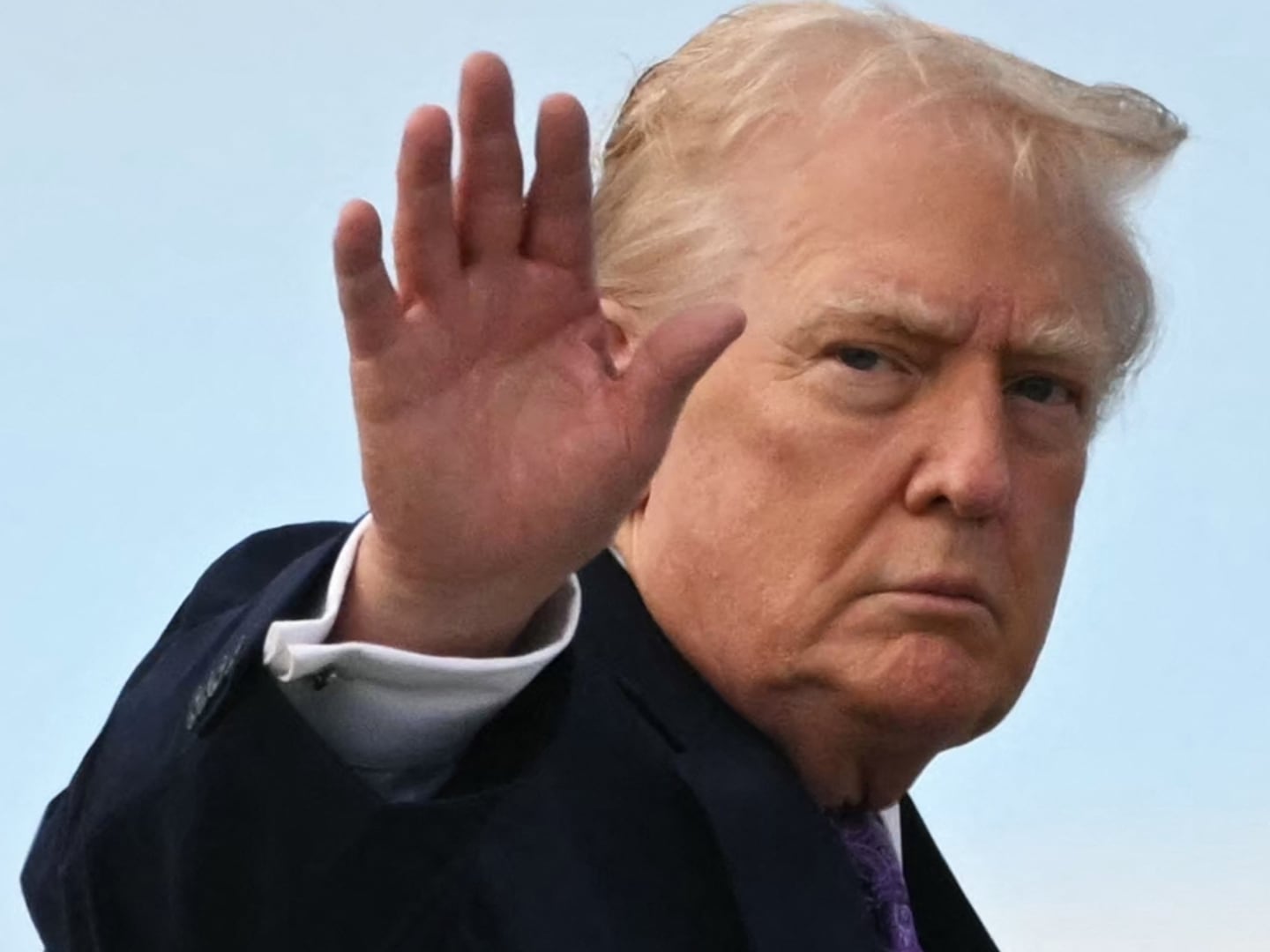Amid free Mexican food and fair-trade coffee on Thursday afternoon, 10 powerful Native American tribes will convene to discuss an industry with the potential to transform their respective nations: cannabis.
“The Future of Marijuana and Tribes” meeting, hosted by Santa Fe law firm Blaze America, will offer information on every aspect of pot regulation, from lobbying to taxes to profit. There will likely be skeptics, but ganjapreneur types too, asking questions that may not have answers just yet. But one thing will be abundantly clear: The green rush of Colorado is about to find a new home on Native American land.
It’s been four months since the Department of Justice released a memo allowing marijuana to be grown on tribal lands. Floated without the input of tribes themselves, the memo sparked many questions from tribal leadership. Chief among them: Do any of the tribes actually want to grow cannabis?
Since the memo’s release, the initial skepticism among tribes has apparently dissipated. And with the growing interest came an increased need for guidance from consultants like Yaseen Archuletta, tribal director for Blaze—hence Thursday’s conference. No tribe was willing to announce its attendance ahead of time, afraid of the public backlash it might face for pursuing this industry. Tomorrow, in effect, may double as a coming out party. Over the course of two hours, attendees will hear about everything from sustainable growth strategies and cultivation techniques to legal compliance and tribal law—all with the hopes of finding a roadmap with which to start selling weed.
The National Center for American Indian Enterprise Development held a similar four-day conference this month. “We’ve been approached by several companies wanting us,” a councilwoman for the Mountain Ute tribe, Priscilla Blackhawk Rentz, told CNBC. “They’re telling us that we could possibly create $3 million a year for our tribe alone.”
So, suffice it to say, yes, many tribes apparently want to grow cannabis.
Marijuana is legal recreationally in four states and medically legal in 23 (plus the District of Columbia). But individual state laws do not change the federal government’s stance on marijuana, which still classifies it as a Schedule I illegal substance. This disconnect creates a legal tug-of-war between the feds and individual states, who sometimes find it difficult to simply enforce their own marijuana laws.
While the federal government has pledged—and by most accounts, is doing the best it can—to take a hands-off approach to the state laws, it doesn’t always succeed. “This creates this black hole, this little bubble of what’s legal and what isn’t,” says Archuletta. “If you are exceeding fed guidelines [in the states] they can seize whatever they want, they can seize everything.”
The headache is one that Native American tribes, which operate under sovereignty laws, may not have to face. This is a key factor that Archuletta believes gives the tribes a major advantage over the states. “[The tribes] have the ability to create this from scratch,” he says, referring to the existing federal regulations that states must navigate. “[Native Americans] are able to get into this industry with complete immunity.”
The feds, it seems, see this differently. “Marijuana remains illegal under federal law,” Wyn Hornbuckle, a spokesperson for the Department of Justice, told The Daily Beast in December. “Nothing in the Cole memorandum or this policy statement alters the authority or jurisdiction of the United States to enforce federal law in Indian country or elsewhere.” Having the power to intervene and actually intervening are two different things. But with a new landmark bill poised to reclassify marijuana under the federal government, it’s an issue that may soon be rendered null.
So, federal government aside, what would a tribal weed business actually look like?
Blaze, which is one of several cannabis firms nationwide, has a plan that centers on a “seed to sale” model, which would put the tribes in control of marijuana regulation on their lands, from licensing growers to operating dispensaries. The result would be a “large scale” marijuana industry that would operate under sovereignty, and therefore be subject to the rules and regulations that govern each tribe. While Archuletta believes we may see “mom and pop” dispensaries crop up on reservations as early as this summer, large-scale manufacturing would require much more planning.
Skeptics of Blaze’s plan point to the tribes’ embattled history with both the gaming industry and alcohol.
According to the Centers for Disease Control, close to 12 percent of deaths in the Native American community are alcohol-related—triple that of the general population
Concerns that the pot industry could devolve into an unhealthy one—drug use and otherwise—are valid. Former Seneca Nation President Robert Odawi Porter says he is “worried about its impact on the citizens and its children.” An attendee to the Las Vegas conference told CNBC that “The Navajo will never do it” because “they’re too conservative.”
Others, like a partner at a Seattle-based Native-owned law firm, worry about exploitation. “There are lots of outside forces looking to take advantage of potential economic development in the tribal context,” Anthony Broadman told Indian Country Media Network. “So you would expect that the outside entities are looking to help, exploit, assist, develop, incubate—all the good and bad things that happen with development in Indian Country.”
“There are absolutely social problems and rather than adding to it we need to address it,” says Archuletta. “Some of these tribes have told me they would much rather have people stoned on their land than drinking any day.”
Archuletta claims the tribes he is meeting with are committed to putting a large percentage of the marijuana revenue back into their community, using the funds to alleviate the problems that alcohol and gaming caused. “We have tax structures that help create community-based programs to address things like alcohol abuse,” he says. “Rehab programs, education, information, things that will be beneficial at the ground level.”
If predictions about nationwide pot revenue are any indication, the profits may be astronomical. Brendan Kennedy, co-founder of the one of the cannabis industry’s leading private-equity firms, estimated the market at as much as $50 billion in the U.S.—and four times that worldwide. Statistics from the National Indian Gaming Commission reveal that the industry’s revenue for the last five years has levelled out at around $26 billion. “This is an industry that is already bigger than gaming,” says Archuletta.
For some tribe members, the DOJ memo is more about freedom and less about money. Rex Tilousi, Havasupai tribe chairman, says his tribe has been growing and smoking marijuana near the Grand Canyon for more than a century. “I felt very free,” he told NPR of the DOJ’s decision. “I don’t have to hide behind that rock. I don’t have to go into those bushes to smoke.”





